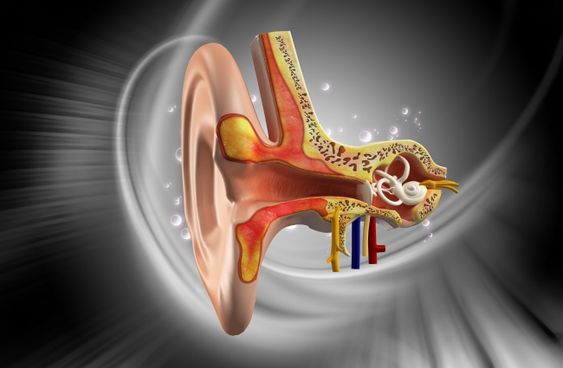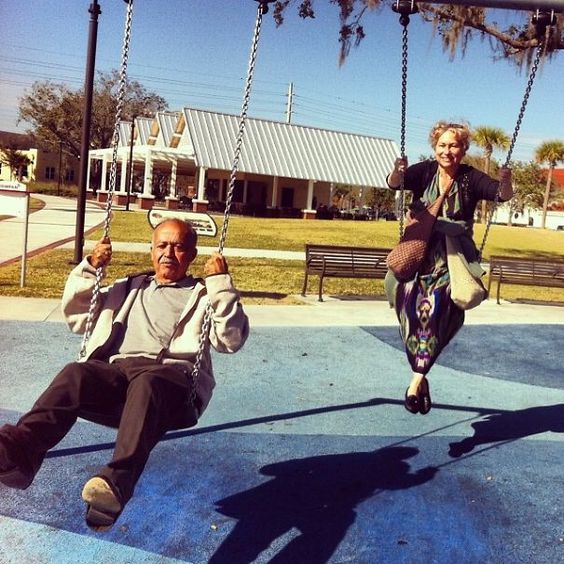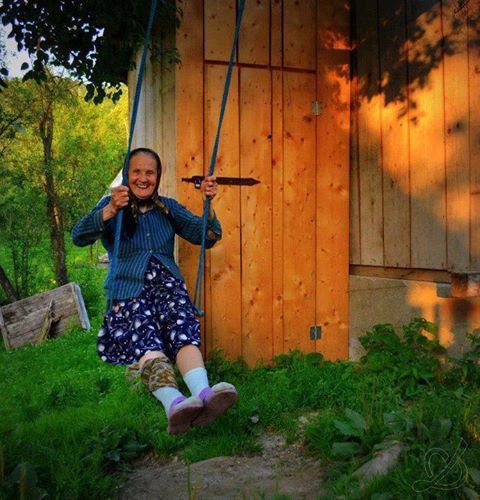Swinging is not only a popular recreational activity but also a therapeutic one, with deep historical roots and significant benefits.

It serves as a nostalgic activity that connects people to childhood memories, providing emotional comfort, a gentle form of exercise, stress relief, and promoting relaxation and mental well-being.
Ancient Connection:

Swinging has its historical roots in various cultures around the world and dates back thousands of years. From the Greeks, who depicted swings in their pottery, to Indian festivals like Teej, they are often used during the monsoon season. In Southeast Asia, swings are often seen during harvest festivals.
Connection to Nature:

Swinging outdoors, particularly in natural settings, may tap into a deep-seated connection to nature, the experience of moving through space, feeling the wind, and interacting with the environment can evoke a sense of freedom and connection to the natural world.
Evolutionary Links to Primates:

Swinging, mimic the actions of our evolutionary common ancestors, monkeys, and their arboreal lifestyle1. They are naturally inclined to swing from branch to branch, but it’s not entirely accurate to say that the love for swinging is directly inherited from them. However, humans enjoy swinging, which is common in many animals, not just primates, as a mode of transportation and a form of play.
Benefits of Swinging:
Swinging offers a variety of physical, psychological and developmental benefits.
Vestibular Stimulation:

The vestibular system, located in the inner ear, maintains balance and spatial orientation. Swinging stimulates this system, which helps improve balance and body awareness and sensory integration. This is why swings are often used in occupational therapy to assist children with autism or other sensory challenges.
Physical Exercise:

Swinging serves as a low-impact form of exercise for adults as it involves muscle engagement, particularly in the legs, core, and arms. Pumping the legs to gain momentum strengthens leg muscles while gripping the chains and maintaining posture engages the core and upper body.
Stress Relief and Mental Well-Being:

The rhythmic motion of swinging has a calming effect on the brain, which can help reduce stress and anxiety and improve mood by promoting the release of endorphins. Similar to the effects of rocking, the repetitive motion can aid in mental relaxation and focus.
Swinging Time:

In conclusion, the best time to swing is when it fits your schedule, mood, and weather preferences. Whether it’s for an energy boost in the morning or a relaxing evening activity, swinging can be enjoyed at any time of the day.
Images Source: Pinterest
- Tree dwelling ↩︎

